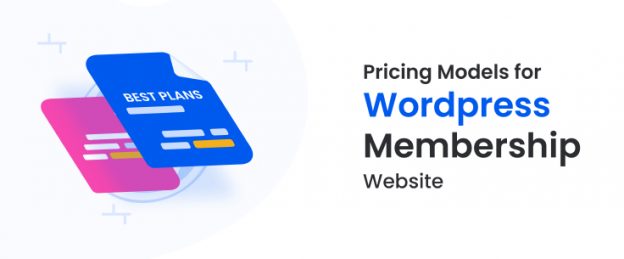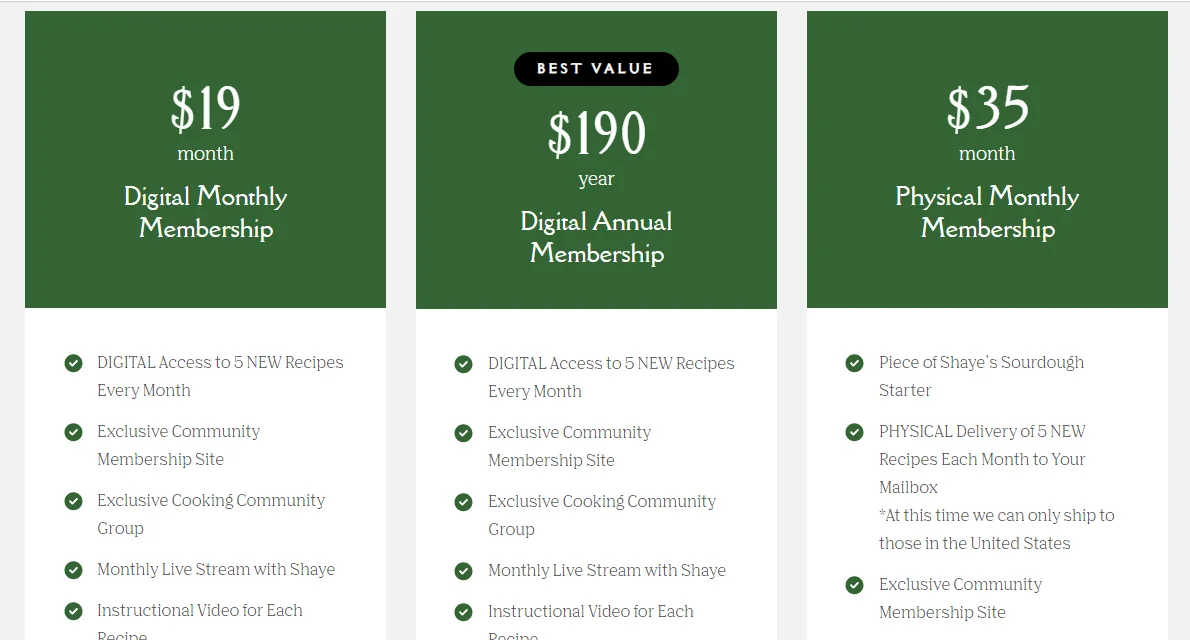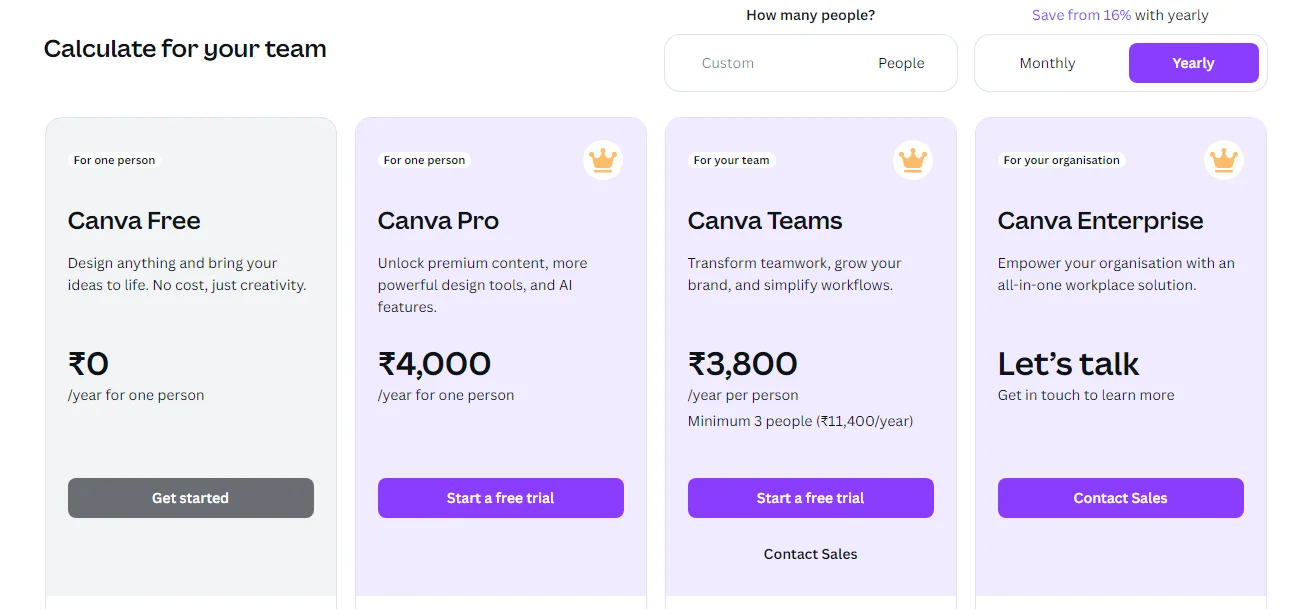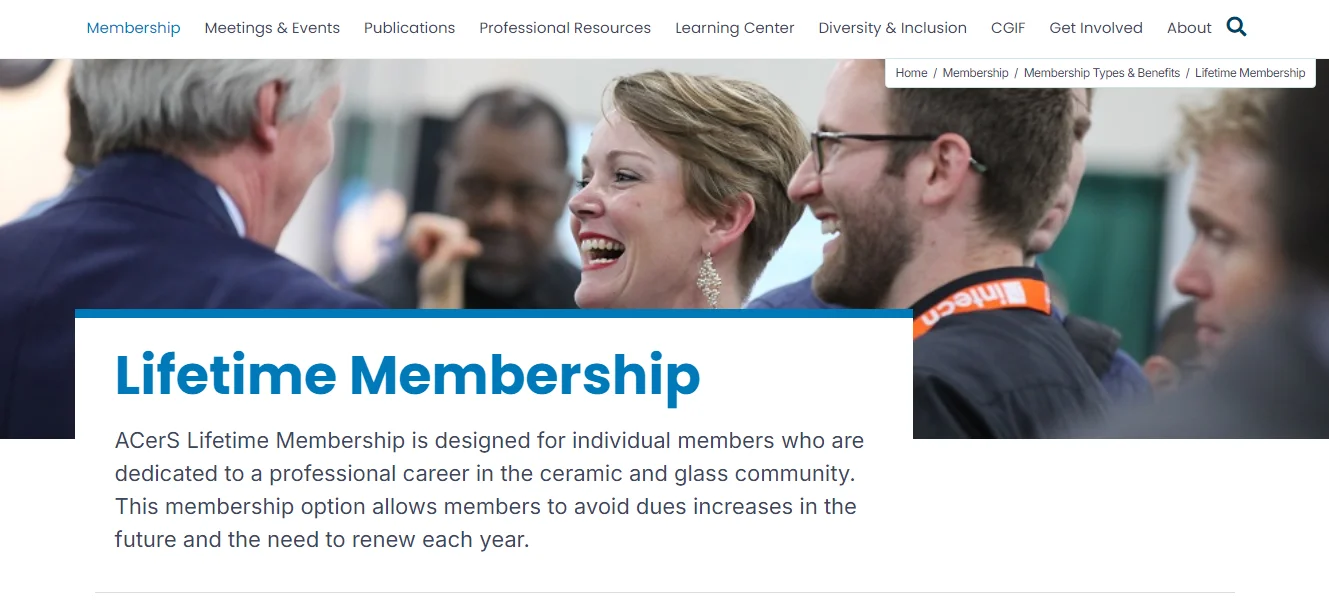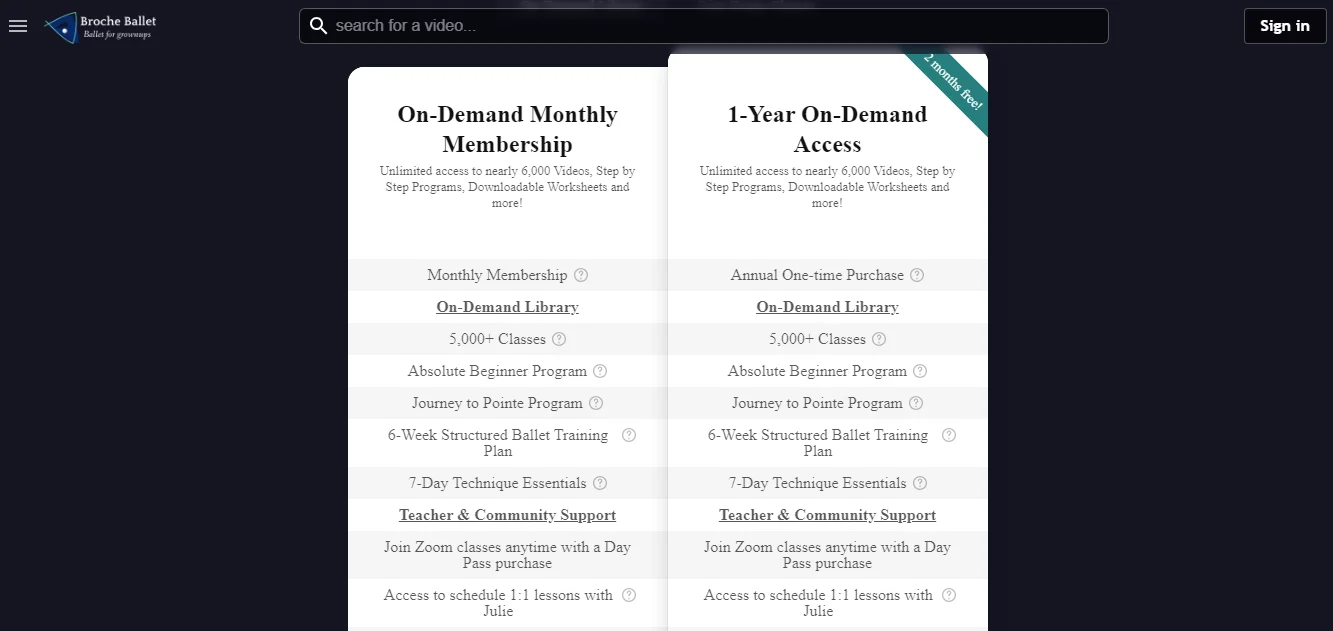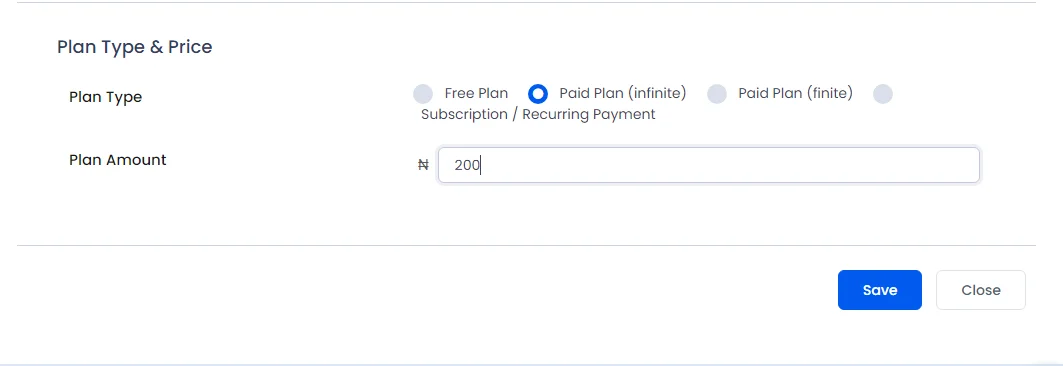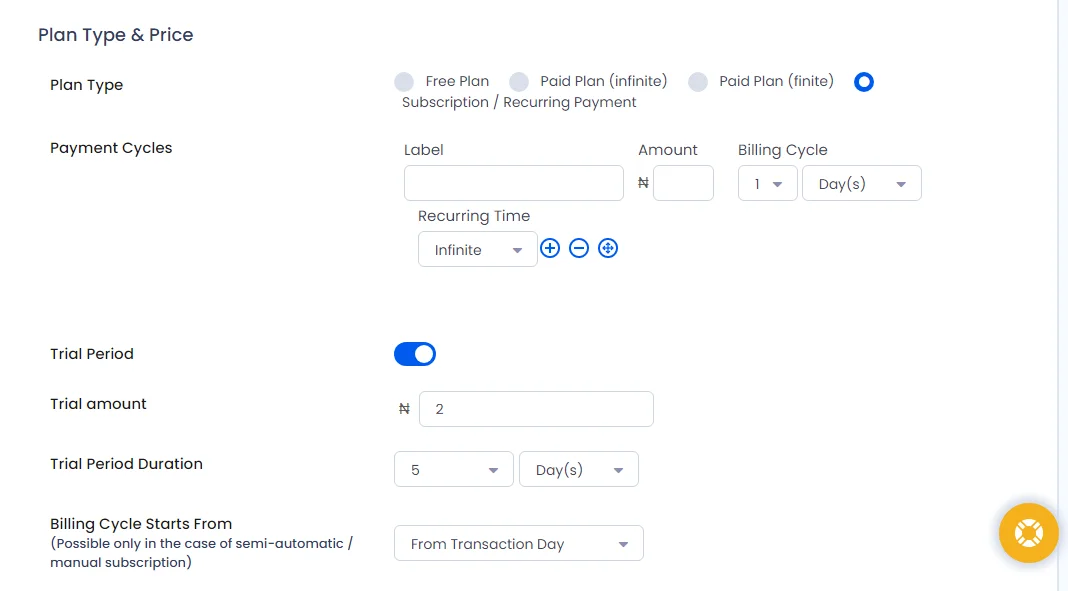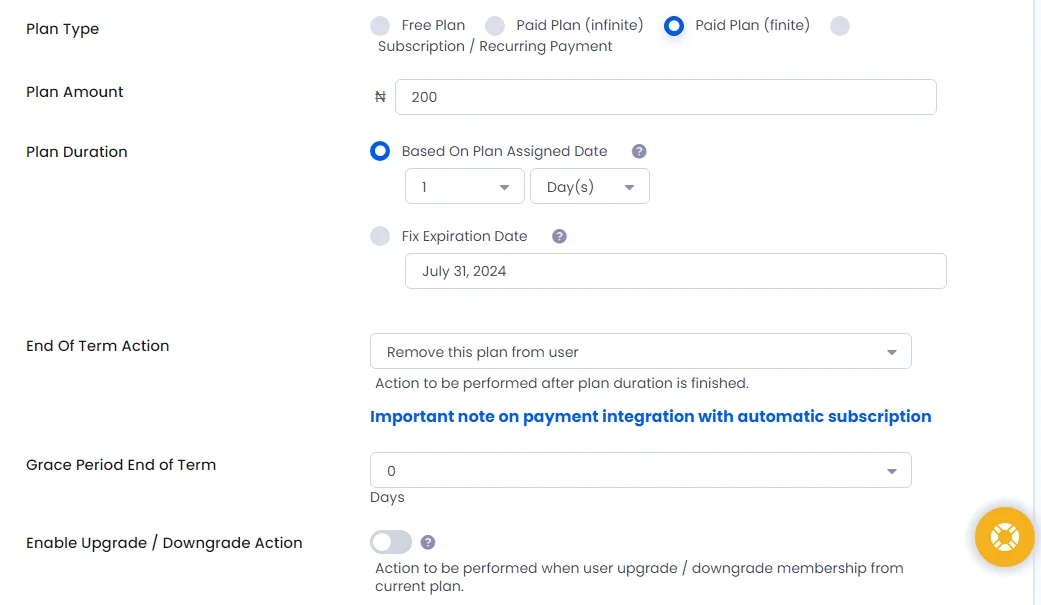A successful membership website is not just about attracting members. It is about maximizing monetization by increasing paid memberships and retaining the members. This helps ensure a steady stream of recurring revenue. Well, attracting members to opt for paid memberships relies on setting up a right pricing model. The membership pricing model significantly impacts your Website’s scalability, member retention, satisfaction, and overall profitability.
Thus, researching and thinking thoroughly about a pricing model is crucial. This comprehensive guide will address all the questions for effective pricing strategies for membership sites. It will help you understand various pricing models and how to choose the best membership pricing model.
Understanding Membership Pricing Models
A membership pricing model is a structured approach for setting prices to access gated content, services, and products offered by a membership site. A right pricing model directly influences member acquisition, retention, and overall revenue.
Various pricing models cater to different member needs and preferences, thus it is essential to understand the available options. From subscription pricing to a lifetime membership payment, each model has its own utility.
Getting to Know the Different Pricing Strategies with Examples
1) Tiered Pricing
This is one of the well-known pricing models wherein you provide different levels of pricing. You can set up multiple plans of different value each and provide benefits as per the value. This kind of pricing is beneficial for all types of membership sites. It is a strategic approach that caters to a broad range of customer needs and budget. Thus, the members have the flexibility to choose a tier based on their requirements. For example,
- Basic/Free Tier: Offer limited content access and features, enough to intrigue members.
- Standard/Paid Tier: This is usually a mid-range price point with all the necessary features.
- Premium/Elite Tier: Includes additional, elite features, and is priced higher. This specifically caters to dedicated users seeking exclusive benefits.
With a tiered pricing model, you can tap into different market segments and foster long-term relationships with all types of customers. This also encourages upgrades from low-tier members if they find true value in your offering.
The Elliott Homestead provides different tiers of pricing with different benefits. This attracts all sorts of customers with different budget constraints.
2) Freemium Model
Offering a blend of free and premium services is one of the most intriguing offerings. Some of the basic features and content is accessed by users for free while more advanced features require a paid subscription. Take Canva for example. Its free features are exceptional which intrigues you to opt for its Pro plan to increase its capability.
If you are in the market to offer various digital products and services, especially software and mobile applications, this model is for you. This model helps in building a large user base quickly and generating leads for promoting paid services. If you want to launch a new product or demonstrate the value of your offering, the freemium model would work wonders.
3) One-time Payment
As the name suggests, one-time payment means charging a fixed fee from members for a lifetime access to the membership. Now, how much to charge for a membership site for a lifetime usage is a point to consider. This highly depends on the value you plan to offer throughout their tenure with you. This model is beneficial for Software as a Service (SaaS) products for its simplicity. However, they provide the main software for a single-time fee but provide add-ons in a different pricing model to sustain the revenue.
The immediate lump sum revenue and the simplified management of payment management might seem attractive. However, it limits your long term revenue and removes the potential to earn a recurring price. Further, an upfront, single-time cost is going to be higher compared to individual plans. This can turn off the members and they might not go for it.
The American Ceramic Society features a lifetime membership for professionals who are dedicated to a profession in the ceramic and glass industry. It clearly highlights that the members do not have to face an increase in dues in the future with a lifetime membership.
4) Subscription-Based Model
Charging members on a recurring basis, over a set period is the subscription pricing model. It can be monthly, quarterly, and even annually. This provides you with a consistent and predictable revenue. This model is favored for its consistent, steady cash flow at regular intervals. However, this can put a pressure on the membership manager to provide quality content and high value continuously. If not, the members might not renew their membership for the next phase.
It is good to provide monthly plans as it would have lower entry cost for new members. Provide them with valuable, premium content, thus keeping them engaged with your site.
Look at how Broche Ballet provides monthly and yearly membership cycles. It also provides a single day pass and an unlimited monthly membership. This kind of a model helps the user try your membership at a lower cost initially. Further, if they are satisfied with what they receive, they are bound to opt for longer programs.
5) Custom Pricing Model
This kind of a model is suitable for B2B services or high-end premium products. Herein, the users can tailor their membership plan as per their requirements. Based on that, you can provide them a specific model and pricing. This is decided based on the features demanded by the users and their usage patterns.
6) Donation-Based Pricing
If you are running an NGO based membership site, a donation-based model is preferred. Herein, the visitors are not asked any specific amount. They are encouraged to pay what they feel is fair. Based on their budget and the value they see, they pay a price. This is majorly used for non-profits, educational platforms, or creative endeavors without profit goals. This kind of a model is effective in building a supportive community or creating a Patreon community.
Observe the model of the Obama Foundation. It allows you to donate once or even set a monthly cycle. You can donate a custom amount or choose from the options suggested by them.
7) Usage-Based/Pay Per Post Model
This model charges members based on their consumption. This can also be a pay-per-post model wherein a user buys a specific post or course as per their requirement. This provides flexibility for users and aligns the costs with the value they receive out of the membership.
Factors to Consider before Deciding a Pricing Model
1) Target Audience and Market Research
You must have laid down your target market and audience for your membership site. Analyse that group of people and understand their needs. What kind of a budget they would spare for a membership is very important to understand. Based on the market and audience analysis, you must set a competitive pricing strategy.
2) Value Proposition
The value and services you provide are of utmost importance and you must highlight them everywhere. What makes your membership stand out must be communicated to justify your price. Highlight all the features and benefits to show users what they are paying for exactly.
3) Cost Analysis
Before setting up a specific price, you must calculate your costs. This involves domain and hosting costs along with various paid ad campaigns that you plan in a specific duration. The cost-price comparison must be profitable for you to a certain extent. However, setting crazy prices is also not suggested.
Setting Up Pricing Models with ARMember
Well, no matter your choice of model, ARMember will help you set it up without any fuss. Let us look at how you can set up various pricing models with ARMember.
1) Free Plan
While setting up plans, select the Free Plan to offer Free Memberships to visitors. This kind of a membership will encourage users to try your site and encourage them for upgrades in future, if tackled well.
2) Paid Plan (Infinite)
This is the lifetime membership plan that you can set with ARMember. This option simply allows the members of your membership site to get access to the selected membership plan for an indefinite time period. Thus, the members pay one-time fees! In the Paid Plan (Infinite) option, all you need to do is to enter the amount for your plan and it will be set up.
3) Paid Plan (Finite)
This is a plan wherein you charge a specific amount that will provide members with a fixed time of access to your membership. You can keep it for a day, month, year, or even more based on the requirements.
- Set a fixed plan amount and plan duration for a finite plan.
- Set an expiration date, no matter the joining date of the member. If you want a specific plan to be active for a limited time duration, set the expiry date. Communicate it exclusively that the plan expires on this date. This will intrigue members towards a limited benefit offer.
- Set end of term action for this plan. You can give access to lower or free plans once the set finite duration is over.
- If you want to provide a grace period for a few days after the expiration of plan, you can set that up as well. This will give a few extra days to members to get 100% out of the membership.
- The next is to enable upgrade/downgrade action. You can choose whether the user is upgraded or downgraded to any specific plan immediately after the end of the current finite plan. This will help you in cross-selling.
4) Subscription/Recurring Payment Plans
Set up a recurring billing cycle monthly, yearly or as per your choice. This is a very special set up as it allows you to provide a trial period. On top of that, you can opt for a paid trial period wherein the members will pay a minimal amount to explore your membership site before committing to the membership. Herein,
- Setup billing amount and the time duration for recurring payments.
- You can even set up recurring time, meaning for how long this subscription should be active.
- Enable end of term, upgrade or downgrade action as well.
5) Pay-Per-Post
That’s right. With ARMember, you can also set up pay per post. Sell individual content like digital products, premium post, or an e-book with the help of this model. This can also set up an additional revenue model for the ones who only want a specific item and not the entire membership. Make sure that the paid individual posts are premium and have value to be sold as individual items.
Concluding the Pricing Models
Once you decide the pricing strategy, it is important to provide value equivalent to it to your members. Take into account the importance of psychological pricing tactics like charm pricing or offer bundle discounts. These usually attract customers to buy more. You must keep on testing and optimizing membership pricing strategies to find that middle ground wherein it is budget-friendly for users and also gives you good profits.
Feedback and surveys also act as an important aspect to understand what is preferred by the members more. Initially, it might take some time to understand the subscription based pricing model or lifetime plan, what suits the best. But once you go through some trial and error, it is going to be a smooth sail down the line.
Do you think there are more pricing models for memberships? If yes, let us know. Have you tried any of these models for your membership pricing? Let the readers know how it worked for you!
